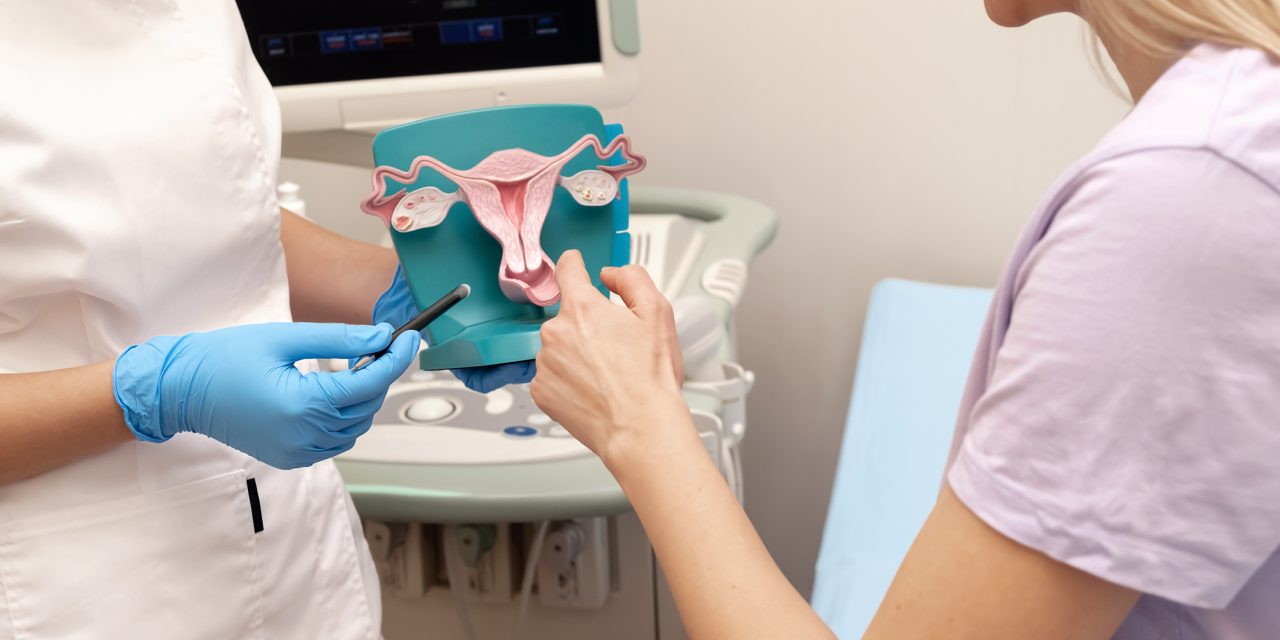Obliteration of the posterior cul-de-sac is a difficult and frequently unexpected surgical finding. Developing the dissection skills necessary to manage this discovery during laparoscopy is critical for improving therapy of various pain problems after hysterectomy or ovarian surgery; yet, trainee exposure to cul-de-sac dissection varies. There are no publicly accessible simulation models for teaching and practising this method at the moment. Our goal is to create a low-cost, high-fidelity laparoscopic simulation model that reflects important anatomical features and highlights laparoscopic dissection skills of an obliterated posterior cul-de-sac. It was built and described as a three-dimensional model. To begin proving the face validity of this model, nine experts and 17 residents participated in a single 30-minute simulation session and completed numerous assessments. The destroyed cul-de-sac simulation was considered extremely realistic and valuable by experts and locals.
Residents’ comfort with the dissection increased statistically significantly, from a median Likert score of 1 out of 5 to 3 out of 5. On blinded video grading of model performance, experts outperformed locals. This low-cost, easily replicable methodology covers a crucial educational need in gynecologic surgery.


